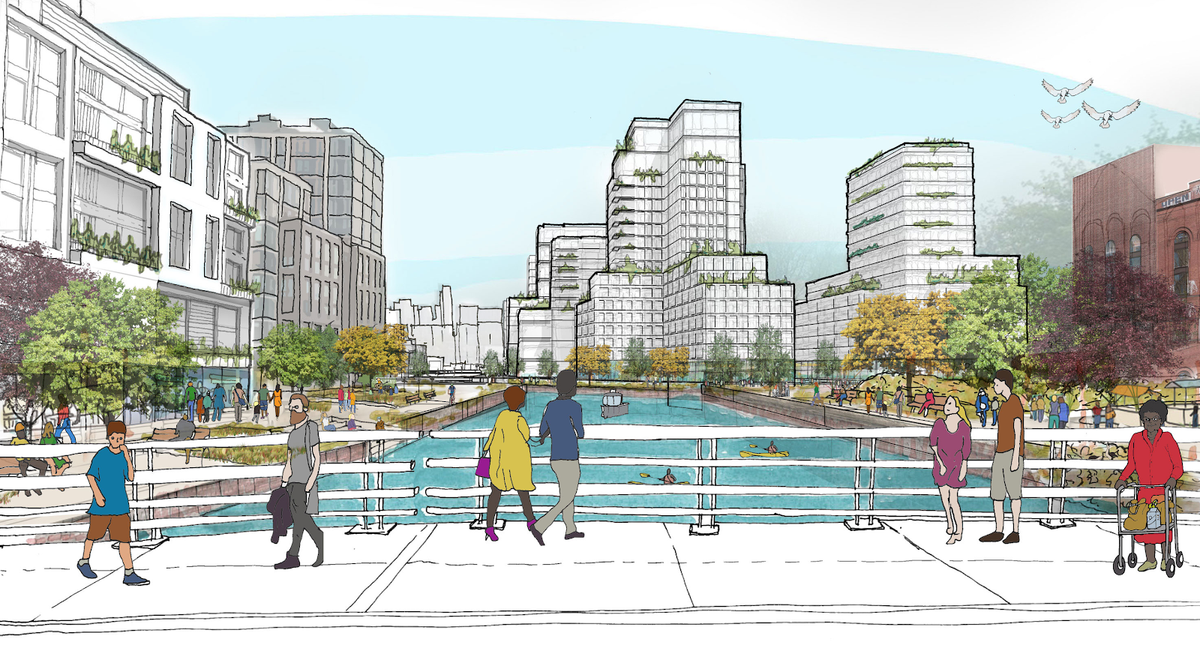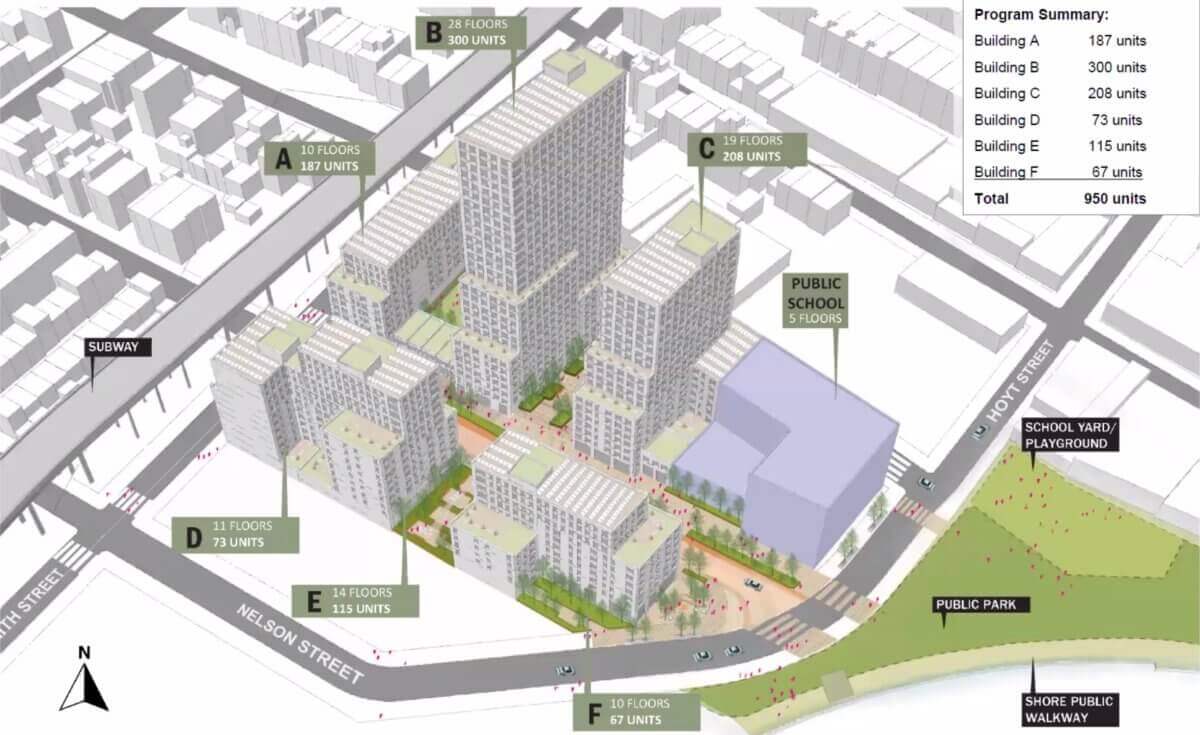Gowanus Could Become More Racially Diverse After Rezoning, City's Racial Impact Study Finds
The 72-page study finds the Gowanus Neighborhood Plan “has the clear potential to be a net positive for racial equity, increasing racial integration and countering local exclusionary development trends.”

The proposed Gowanus rezoning could help achieve greater racial equity in Brooklyn, according to a new study commissioned by the New York City Council.
Though a recently passed city law requiring racial equity reports as part of some rezonings won’t go into effect until June 2022, local community groups had pushed for such a study in Gowanus before the rezoning application entered public review this spring.
“How do we construct a more just and inclusive future for our community and our city? By looking honestly at the racial equity impacts of our policies and our actions,” Lander, who is the Democratic nominee for city comptroller, said in a statement. “The racial equity report on the Gowanus Neighborhood Rezoning gives us a chance to do just that.”
The 72-page study finds the Gowanus Neighborhood Plan “has the clear potential to be a net positive for racial equity, increasing racial integration and countering local exclusionary development trends.”
The analysis of the controversial rezoning proposal, which in recent years has been the subject of legal battles and protests, was led by Columbia University Professor Lance Freeman and Council planning staff at the behest of local Council members Brad Lander and Stephen Levin. The local housing nonprofit Fifth Avenue Committee provided funding for the report.
Over the last 15 years, the already predominantly white Brooklyn Community Boards 2 and 6, which encompass Gowanus became “steadily wealthier and whiter, with increasing inequality,” the report found. The Black and Latino share of the area’s population decreased from 38% to 31%, while median rent and home values in the neighborhood rose far faster than the city as a whole.
In that time, the median income of white households rose from $115,000 to $150,000, while Black and Latino household incomes “stagnated in the $40,000 to $50,000 range.”

The proposed Gowanus rezoning is projected to permit the creation of 8,495 new dwelling units; 2,000 would be below-market rate through the city’s Mandatory Inclusionary Housing program, and another 950 would be city-sponsored affordable housing units at a proposed development at the Gowanus Green site. The majority of that housing will be priced for households making between $30,000 and $100,000 per year.
“Adding new low-income affordable housing at this scale within a high-cost, high-opportunity neighborhood, both in regards to the number of units and percentage of the overall projected development (35%), is unprecedented in recent decades in New York City,” the report says.
Other rezonings during the tenure of Mayor Bill de Blasio occurred in largely nonwhite neighborhoods like East New York and East Harlem, the report points out, while large rezonings under prior mayor Michael Bloomberg required much lower percentages of affordable housing.
Using the demographics of income-eligible households and comparisons to other neighborhoods, the report estimates the demographics of the affordable housing stock “are likely to range from 25 to 42% white, 20 to 25% Black, 25 to 37% Latino, and 10 to 13% Asian,” closer to the citywide averages than those of the neighborhood as it currently exists.
On the potential economic development impacts of the plan, the report finds that the resulting land use changes could result in the loss of 400 industrial sector and auto repair jobs and 200 medical office jobs. The plan could generate, meanwhile, approximately 1,000 retail jobs, 2,200 new office jobs, and over 350 “other community facility” jobs.
Because many of those industrial jobs are held by nonwhite New Yorkers, the report says, “unless we do more to support the jobs in the industrial sector and create very strong workforce development, adult education and bridge opportunities for the jobs that are created, we will not be directly tackling these staggering divides in income and economic opportunity that exist.”
To do that, Freeman and his team suggest focusing community hiring efforts for construction on local NYCHA residents, creating economic and workforce development plans for sectors like finance and tech that could occupy new office space.
On housing, the report suggests adding more affordable units and broadening the affordable housing lottery to include more diverse community districts to further increase diversity. It also emphasizes the need to invest in infrastructure improvements at nearby public housing facilities, something Lander and Levin have also emphasized. They want $132 million in upgrades to the Gowanus Houses and Wyckoff Gardens campuses, but de Blasio has so far only committed to a fraction of that amount.
“As the report points out, preserving our existing NYCHA affordable housing is equally important and I will work with Council Member Lander to secure this investment and other policies to address racial equity as we move forward into the City Council review period,” Levin said.
Some of the concerns outlined in the report were also mentioned in a resolution passed by Brooklyn CB6 in June, which approved the rezoning with conditions. As the next part of the Uniform Land Use Review Process (ULURP), Brooklyn Borough President and likely next mayor Eric Adams must weigh in with an advisory opinion. It will then go to the City Planning Commission, City Council and mayor for final approval.




